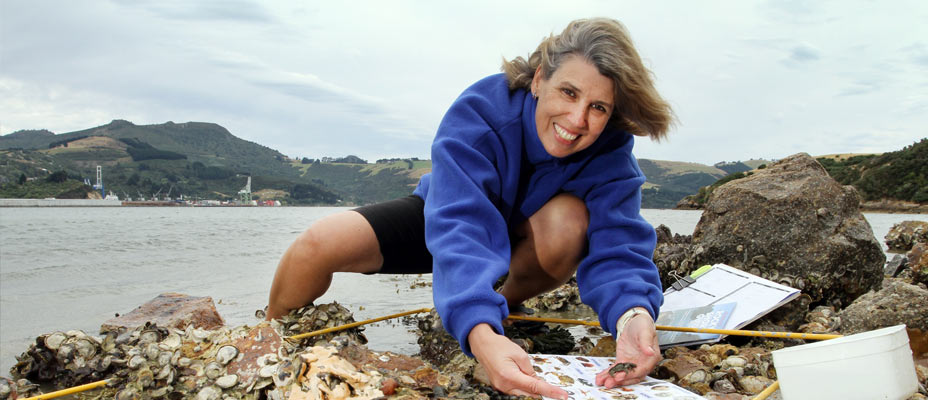
Marine metre monitoring
The University of Otago's New Zealand Marine Studies Centre has launched a nationwide “citizen science” project to bring scientists, schools and the wider community together to monitor the animals and plants found on the nation's rocky shores.
Marine Metre Squared encourages the public to pick a 1m x 1m patch of their local beach at low tide and, with the help of information on the website www.mm2.net.nz and in the centre's Rocky Shore Guide pamphlets, regularly identify and count the marine life found there.
Centre director Sally Carson says the project enables participants to learn more about the plants and animals living on our shorelines, while also helping to collect scientific information that will provide a baseline and build a picture of biodiversity, distribution and abundance of seashore life, and monitor changes over time.
“Using the website, participants can fill out the survey forms, store, map and graph their own data for comparison between seasons, regions and species, and compare what is in their patch with other people's.”
While the project has been aligned with several of the principles and values of the New Zealand schools' curriculum, Carson stresses that this is a project that anyone can take part in. Launched in March, more than 150 people registered in the first month, more than 500 people have taken part in workshops and data is starting to “trickle in”.
“This project is very much designed to make connections between scientists, educators, schools and community/iwi groups who care about their local seashore environment and want to look after it.”